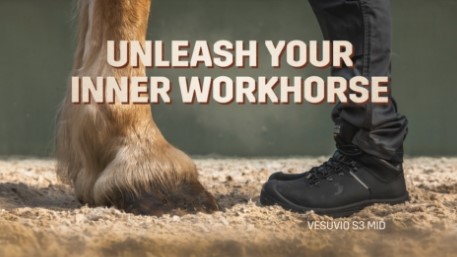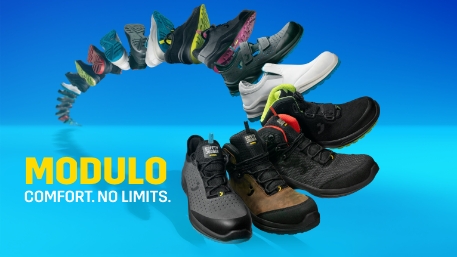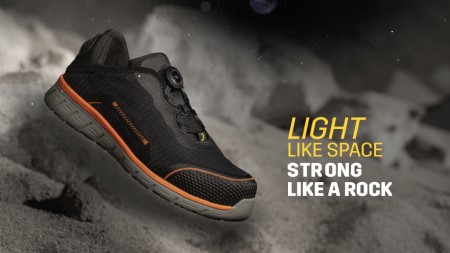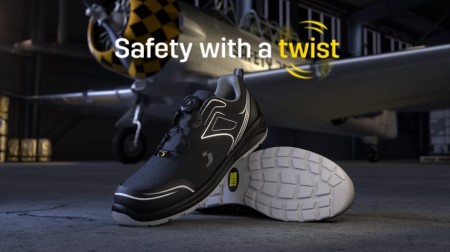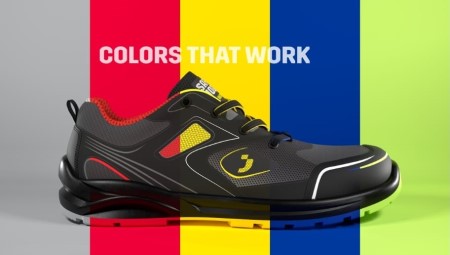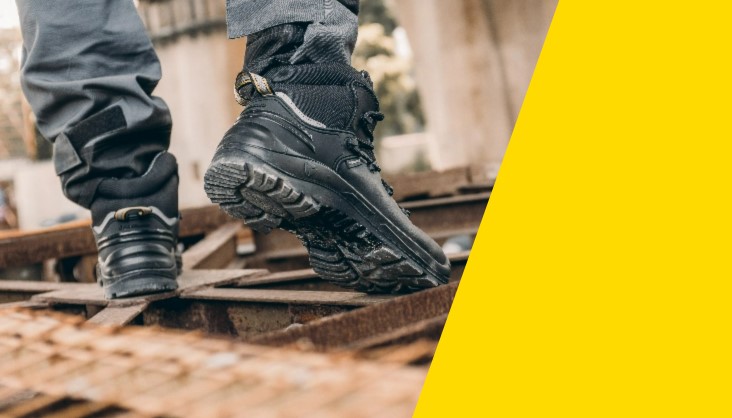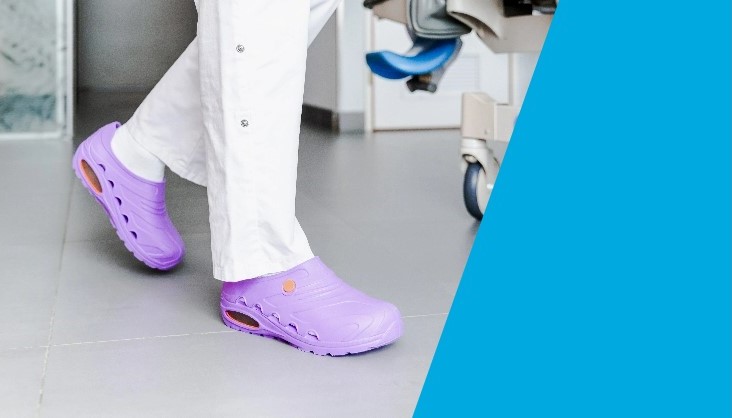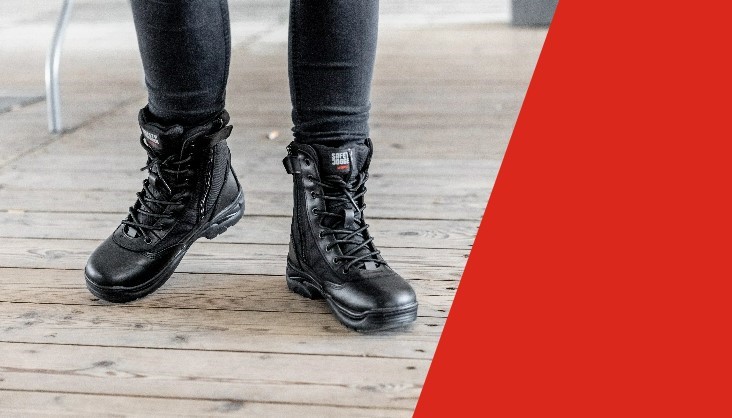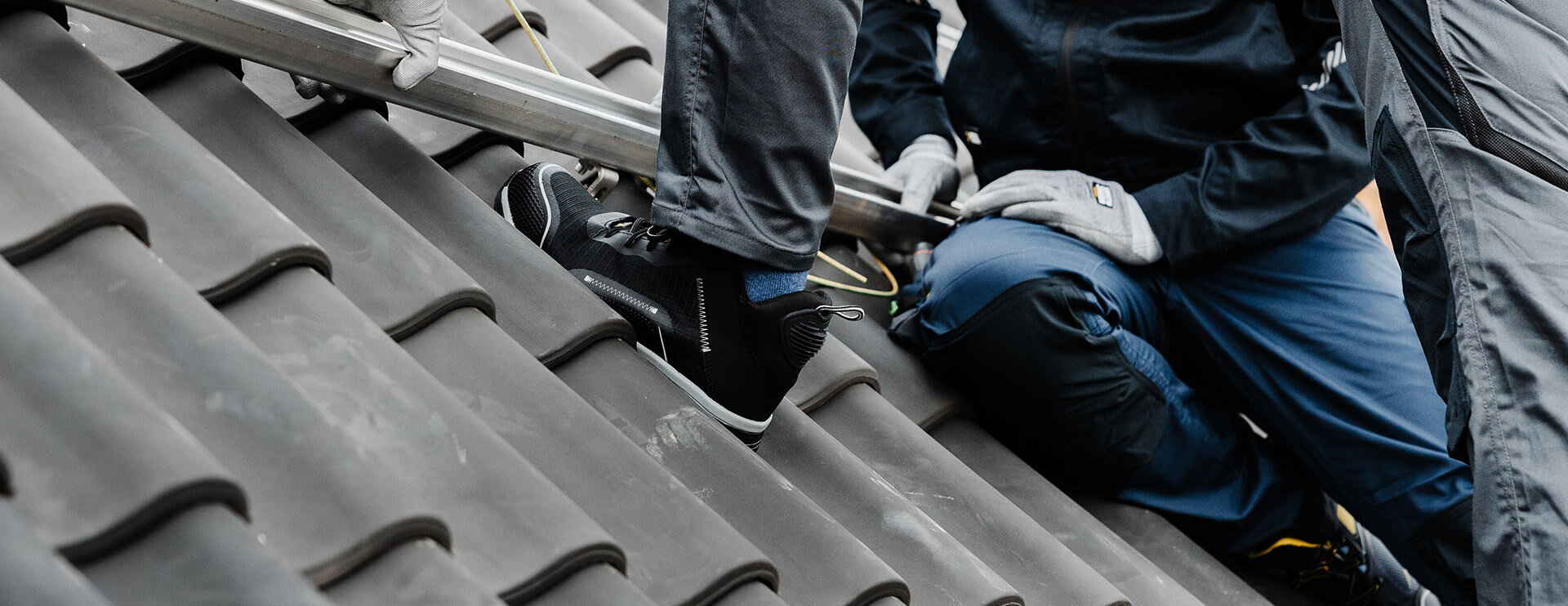Safety features overview
Are you up on your feet all day working in heavy environments? Then you know that protective footwear is essential on the job to work in a safe and responsible way, day-to-day.
Besides the fact that safety shoes are vital, you should know what kind of protection suits your work environment best, so don’t just pick one!
Thanks to continuous investments in innovation, extensive product testing in all stages and the knowhow of our team, we are able to offer you a wide range of technical features. We monitor the latest changes in safety standards and always try to meet or exceed them where possible. The tables below give you an overview of all our safety features together with the icons we use to label our safety shoes.
This page will help you out choosing the safety shoe that suits your work environment!
Do you need advice or do you have a question about the features below? Don’t hesitate to contact us right away, We're social!
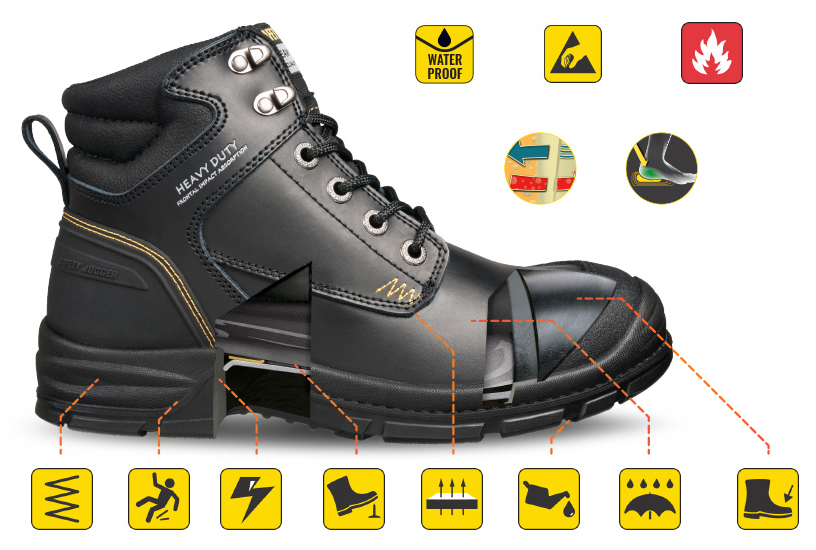
Technical features for safety shoes

Water resistant upper
shortcode: WRU

Heel energy absorption

Waterproof shoe
shortcode: WR

Electrical hazard
shortcode: EH

Antistatic shoe

Composite or steel toecap

Breathable upper

Oil and fuel resistant outsole

Slip resistant outsole
shortcode: SRA/SRC

Puncture resistance
shortcode: P
Extra features

Metal free

Electrostatic discharge
shortcode: ESD

Warm lining

Lightweight shoe

Soft impact foam

Heat insulated
shortcode: HI

Non-marking outsole

Heat resistant outsole
shortcode: HRO

Cold insulated
shortcode: CI

Coolmax lining
Breathability

DGUV

Shoes For Crews
You might also like to read

What does an EH (Electrical Hazard) rating mean?
EH shoes are insulating, meaning that they have such a high electrical resistance that they completely isolate you from the ground. Learn more about how EH-rated boots protect you from electrical hazards.
Electrical hazard
SJ Foam Footbed technology
Although 99% of people are born with healthy feet, two-thirds of them develop foot problems as they grow older. Safety Jogger addresses this issue with the SJ Foam Footbed
SJ Foam Footbed technology
The most comfortable work footwear
Be pain-free on heavy-duty work environments with a pair of comfortable work shoes. Get more work done and stop wasting time dealing with sore muscles or aching feet, it's time to enjoy every workday.
Comfortable footwearGROW YOUR BUSINESS & BECOME A DEALER
Safety Jogger is worldwide and always looking for people who trust our brand as much as we do! We have a team of expert's ready for you to help with questions about our brand, technologies or reselling our products. So, don’t hesitate to fill in this form, we usually get back to you within a day!
Further information?
Fill in the form and we’ll get in touch!










